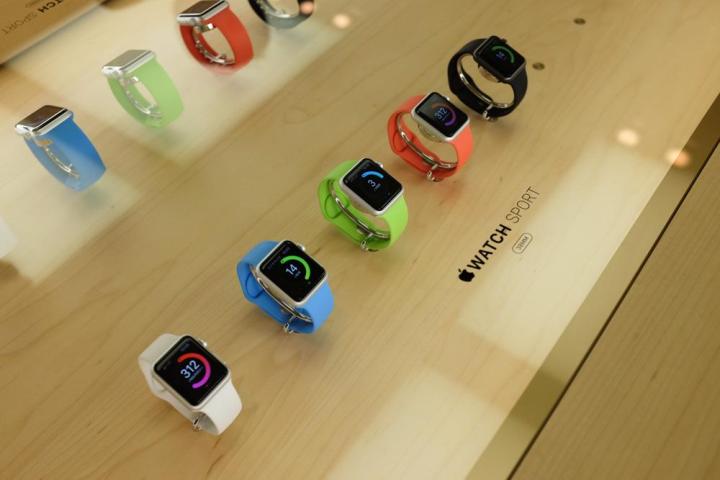
Nick Lee, a programmer with access to WatchOS 2.0, put the new version of the Apple Watch’s operating system to use by emulating a much older OS built for desktop computer. Using Mini VMac, an emulation program, Lee recompiled the classic desktop operating system on the wrist-bound wearable.
Known as System 7, Mac OS 7 first rolled out in 1991. Version 7.5.5 came toward the end of the operating system’s lifespan, debuting in 1996 on the Power Macintosh 5500. System 7 was the OS that saw Apple transition to PowerPC computers. Some of the defining features of Mac OS 7.5 included the addition of virtual sticky notes, a clock on the menu bar, and a 2D graphics engine. Pretty impressive stuff, right?
MacOS 7.5 required 24MB of RAM and 1000MHz of processing power to run. The Apple Watch, which debuted about 20 years after the introduction of MacOS 7.5, features 512MB of RAM and has an A5 equivalent processor, which has clocked in at about 1GHz. As a result, the Apple Watch does indeed have the processing power required to run an operating system originally designed for a desktop computer.
Of course, just because MacOS 7.5.5 boots up on an Apple Watch doesn’t mean that it’s particularly functional. The tiny touch screen doesn’t lend well to an operating system designed to be used with a mouse and keyboard. Still, it’s a good demonstration of the power of the Watch and how far technology has come in recent years. It’s taken under two decades for the processing power of a bulky desktop computer to be shrunk down to the size of a portable, wearable wrist watch.
Editors' Recommendations
- How to watch Apple’s big iPad event on May 7
- Nomad’s new iPhone case and Apple Watch band may be its coolest yet
- Apple issues fix for ‘ghost touch’ problem on older Apple Watches
- The 7 biggest features we expect to see in iOS 18
- Apple may stop updating one of its best Apple Watches this year


